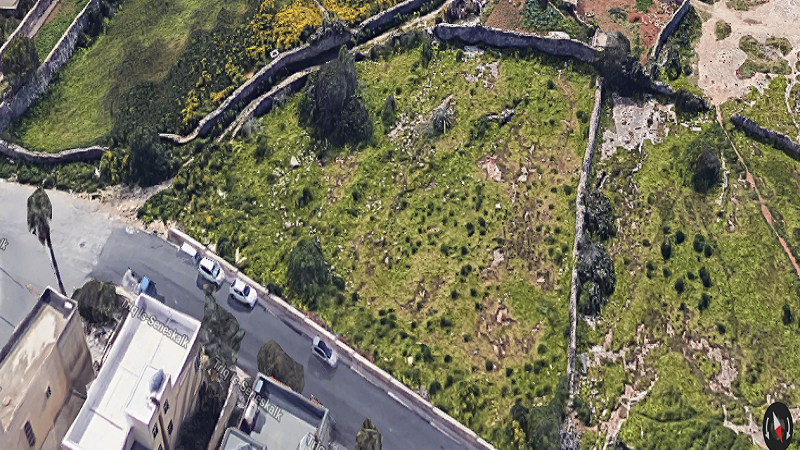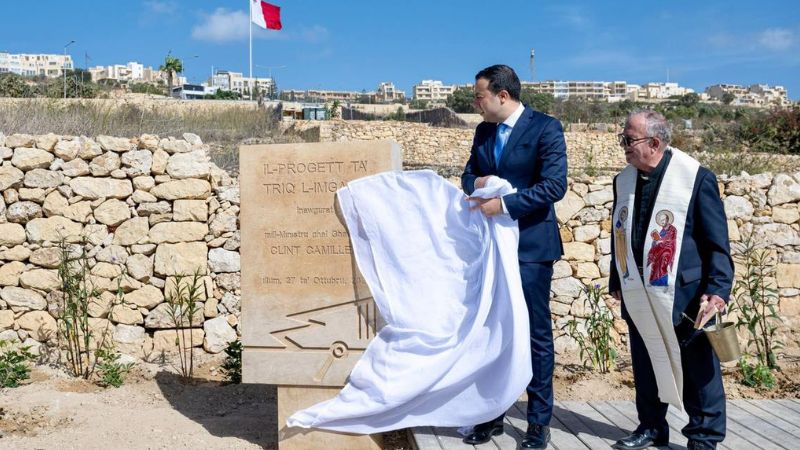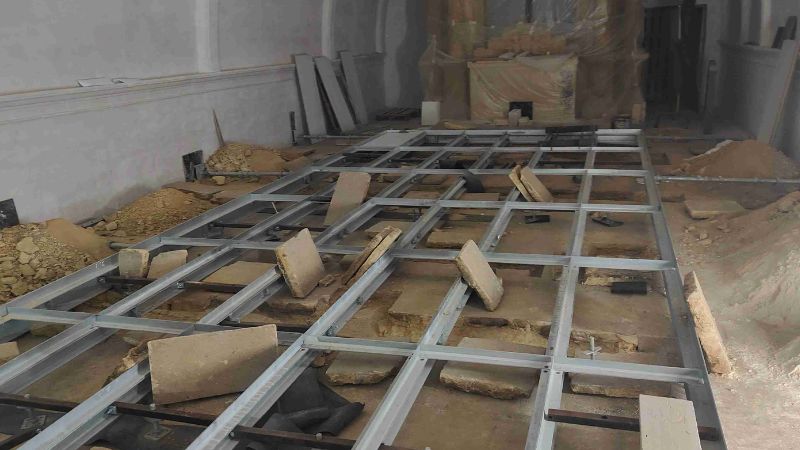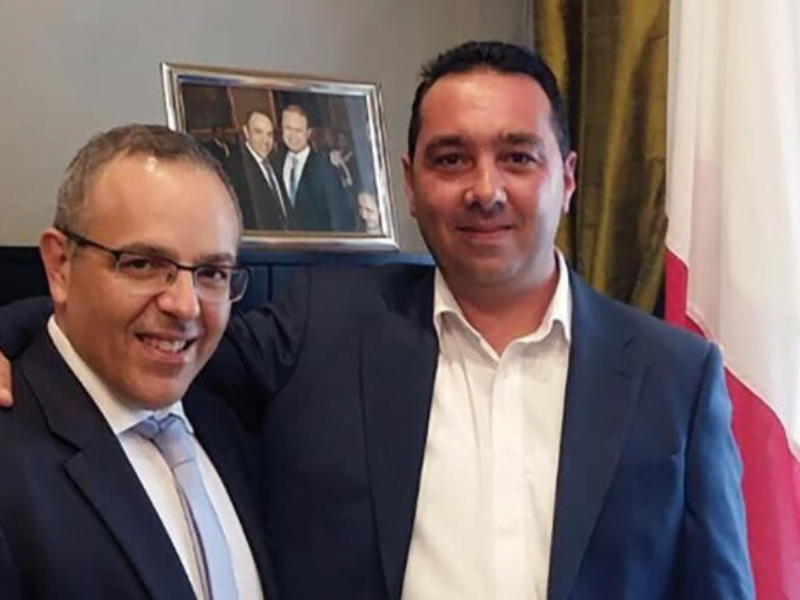The removal of the top soil on a 2,800 square metre land parcel is being proposed in the protected area of Tal-Wej in Mosta under the pretext of an “archaeological investigation.” The developers have not stated their future intentions for this site which is located outside development boundaries in San Pawl tat-Targa along Triq is- Seneskalk.
Noting that the purpose for the investigation in unclear, Din l-Art Helwa has called for the intervention of the Superintendence for Cultural Heritage and for the Planning Authority to ask the developers to present a full application stating their intentions for the site.
Residents who live in the vicinity of the ODZ area described the proposed soil removal as a “pretext for a future application.”
Parts of the Tal-Wej area, which lies between San Pawl tat-Tarġa in Naxxar and Santa Margerita in Mosta, were included in the development zone through the rationalisation exercise of 2006.
Recently the PA approved a showroom in this area on the basis of archaeological investigations carried out by the Superintendence for Cultural Heritage, which have never been published. But the part where the soil clearance is proposed was not included in the new zones. The government now intends to tweak development zones again in a forthcoming revision of boundaries.
The archaeological investigation is being proposed by John Mary Micallef who claims ownership of the land parcel.
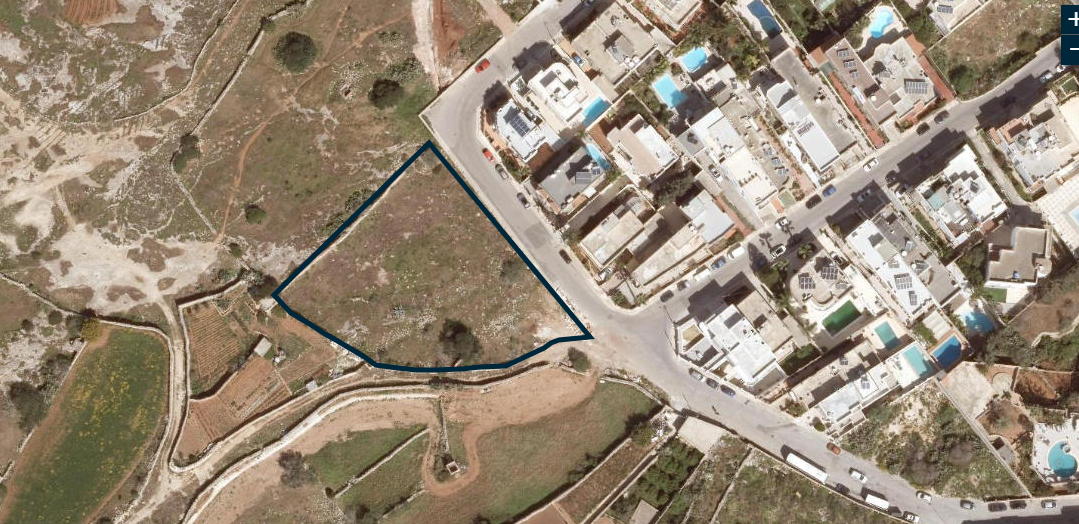
But the site presently enjoys various levels of protection which makes the approval of any development in the area unlikely.
In 2011 the site was scheduled as a Class A area of archaeological importance. The site was described as a “rich cultural landscape in which a large number of archaeological and architectural features dating to different time periods overlap to form a common cultural landscape”.
The site is also scheduled as an Area of Ecological Importance. The area includes “supporting rockpools and a mosaic of garigue and steppe vegetation.”
Two dolmen lie just a few metres further away from the site.
A primary school proposed in the area was refused by the Planning Authority in 1996.
This is not the first case where soil was removed as part of an archeological investigation preceding the development. In the case of the Burmarrad fuel station, soil was removed as part of the EIA process.
In Qormi, soil was removed from the site of a proposed DIY retail centre, revealing a number of hidden archaeological remains including a Roman tomb which is now being proposed for integration in the development.

